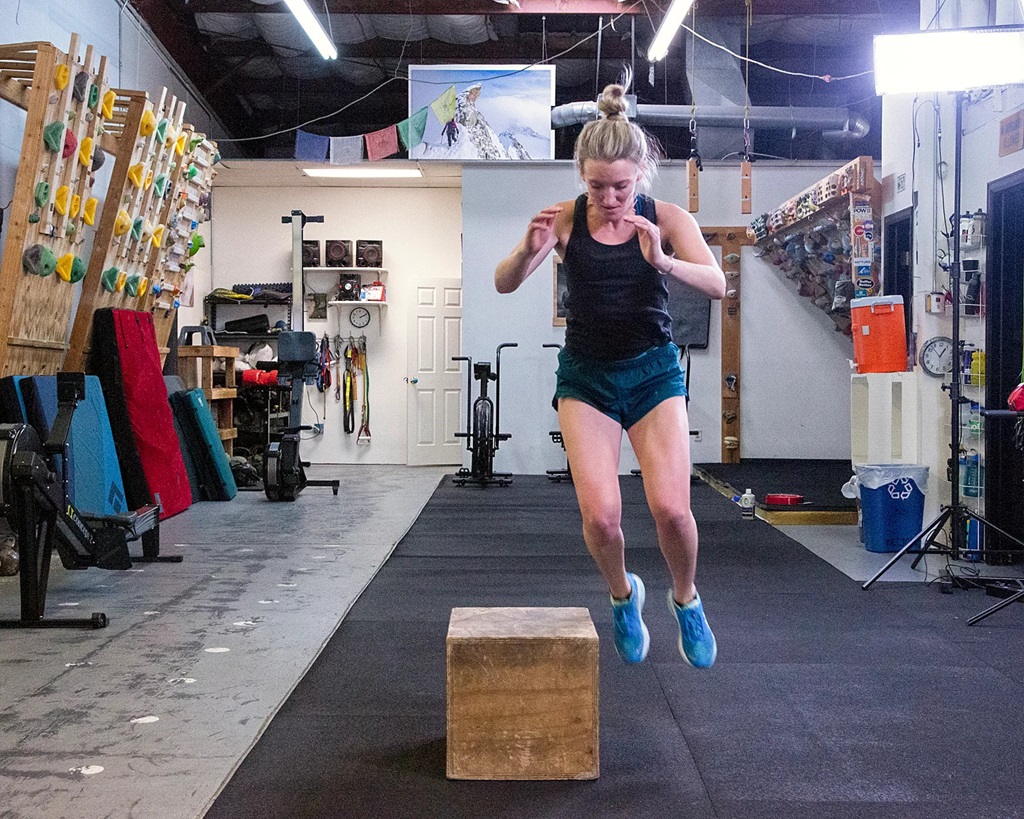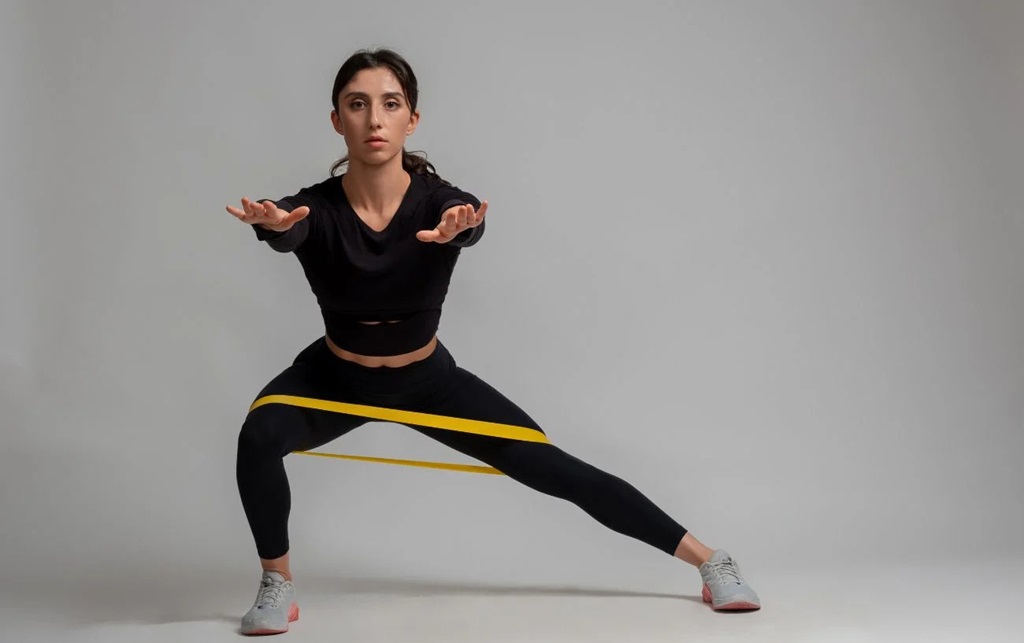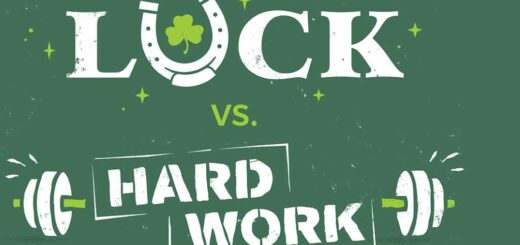Benefits of Regular Ski Jump Exercise
Ski jumping is a thrilling winter sport that requires immense athleticism, bravery, and precise technique. While watching ski jumpers soar off massive ramps and fly through the air may seem terrifying to most, the sport provides a long list of physical and mental benefits to those who train and compete regularly. Incorporating ski jump exercise into your regular fitness routine can improve your overall health, fitness, and well-being in many ways.
Ski Jump Exercise Improved Cardiovascular Health
Perhaps the greatest benefit of ski jump training is improved cardiovascular health. Ski jumping requires extreme bursts of energy and full-body exertion, providing an excellent cardiovascular workout. The intense training regimen strengthens the heart muscle, improves blood circulation, lowers resting heart rate, and maximizes oxygen uptake.
Regular ski jump exercise trains the body to swiftly adapt to the rapid increase in heart rate upon barreling down the in-run at speeds nearing 60 mph. The abrupt aerobic-anaerobic transition that occurs during take-off and flight places immense strain on the cardiovascular system. Over time, the heart grows more efficient at pumping blood and delivering oxygen throughout the body during these adrenaline-filled moments.
Ski jumpers commonly exhibit impressively low heart rates, strong respiratory systems, and excellent cardiorespiratory endurance that carries over into everyday life. The required cardiovascular fitness reduces the risk of heart disease, stroke, and other chronic illnesses.
Increased Muscular Strength
The powerful leg muscles of ski jumpers are notoriously well-developed. The sport relies heavily on lower body and core strength when catapulting off the jump slope. Years of targeted ski jump exercise build tremendous muscular strength through the consistent overload placed on the muscle fibers during training.
Powerful quadriceps, hamstrings, glutes, and calves provide the explosive power necessary to launch jumpers into the air. Core muscles must fire synergistically to maintain proper form and balance throughout flight. The increase in lean muscle mass raises resting metabolic rate, allowing athletes to burn more calories daily.
Upper body strength is also improved through extensive weight training, gymnastics, and calisthenics which help to stabilize the body during flight. By mastering numerous strength and conditioning exercises, ski jumpers develop impressively muscular and agile physiques.
Enhanced Balance and Proprioception
Ski jumping demands precise body control and unwavering balance throughout every phase of the jump. From the moment jumpers initiate the motion down the steep in-run ramp, they must maintain perfect equilibrium and alignment to prevent disaster. Proprioceptive neuromuscular facilitation (PNF) training enhances neural communication to muscles, improving inter-muscular coordination and dynamic balance.
Years of balance drills and core training allow seasoned jumpers to time their movements upon take-off and manipulate their body position in the air instinctually. The neuroplasticity effects of consistent ski jump exercises heighten kinesthetic awareness and fine-tune proprioceptive senses. Jumps become more graceful and seamless as the mind-body connection is sharpened.
Increased Bone Density
The high-impact forces from slamming into the sloped surface upon landing naturally stimulate bone growth. Over time, ski jumpers develop greater bone density compared to non-athletes, minimizing the likelihood of fractures and breaks.
Landing from heights of 130 feet flying 50+ mph generates massive G-forces ranging from 4-5Gs. The abrupt deceleration compresses tissue and activates osteoblasts in the skeletal system, laying down new bone matrix and mineralization.
This stimulation of bone remodeling increases bone mineral density, enlarging and strengthening skeletal structures. Regular ski jump exercise naturally boosts bone health without the joint degradation caused by high-impact exercises like running.
Improved Mental Toughness & Confidence
Ski jumpers rank among the most mentally tough athletes in the world. The ability to overcome fear and self-doubt is critical for performance. Ski jump exercise provides a direct way to build courage, focus, determination, and self-belief.
By continually moving past comfort zones and sticking committed landings, jumpers reinforce positive thought patterns and boost self-efficacy. This transferable mental toughness allows them to stay calm under pressure both inside and outside sports.
Years of repetition also breed confidence in one’s skills and abilities. Success is rarely accidental; it arises through deliberate practice. Regular ski jump exercise while mastering ever more complex techniques and greater-sized hills cultivates an earned confidence grounded in hard work and resilience.
Lower Injury Risk
Although ski jumping appears hazardous, studies show the sport actually carries a lower injury risk than many other sports – when practiced with proper progression and monitoring. The prevalence of injuries ranges between 1-5 per 1000 jumps among elite ski jumpers. Proper coaching and a systematic training plan are paramount.
A regulated training load with rest days, balanced strength training, age-appropriate-sized jumps, videotaping for error correction, and high-quality equipment all minimize injury risk. Gradually developing technical skills aligned with the athlete’s physical maturity is key.
For recreational athletes, it is essential to receive proper instruction, practice on beginner hills, and advance slowly over many years. When sensible training guidelines are followed, ski jumping can promote joint stability and resilience while avoiding traumatic injuries.
Increased Agility and Motor Control
The ability to perform complex, explosive maneuvers in mid-air demands tremendous agility and motor control. Ski jumpers constantly practice rotating, tucking, and extending their body while suspended off the ground. They manipulate speed, trajectory, and aerodynamics through subtle shifts in body positioning.
Their extensive “air time” allows them to fine-tune motor control and coordination. The brain learns to quickly activate proper muscle synergies to adjust body angles. Years of practice engrain specialized neural circuits between the motor cortex, cerebellum, and muscle fibers enabling swift agile movements. Jumping abilities translate into enhanced agility for other sports and activities.
Improved Spatial Awareness
Ski jumpers must develop keen spatial awareness and perception of body position. They integrate visual cues and proprioceptive signals mid-flight to orient themselves and prepare for landing. Their refined understanding of spatial relationships gives them an adaptive 3D awareness.
Expert jumpers utilize their spatial cognition while airborne to perceive and adjust their positioning for maximum efficiency. For novice jumpers, difficulty orienting oneself in the air is extremely disorienting and requires years of skill acquisition. Spatially-aware jumpers can seamlessly adapt to variable conditions.
Social Benefits
Beyond the fitness and mental benefits, ski jumping as a regular social activity also promotes meaningful camaraderie and teamwork. Jumping clubs provide a sense of community, especially for younger new athletes. Teammates bond through shared intense experiences in training camps and competitions. More experienced jumpers often mentor younger athletes, providing purpose and leadership opportunities.
The sport also keeps individuals engaged with active social circles and outdoor winter activities. The senior jumping circuit allows participation at recreational levels for life. Overall, the social component of a regular ski jump exercise regimen offers many rewards.
In Sum
Regular training in ski jumping can provide an intense full-body workout that enhances cardiovascular health, strengthens muscles, improves agility and body control, increases confidence and mental fortitude, stimulates bone growth, and brings camaraderie with fellow athletes. It is an extremely challenging yet rewarding sport.
While beginners should be cautious to wear protection, learn proper technique, and advance slowly in hill sizes; the risk of injury reduces once fundamental skills are ingrained. Under the guidance of qualified coaches, a ski jump exercise regimen delivers multifaceted lifelong fitness and personal growth benefits.
Frequently Asked Questions
Q: At what age can someone start training for ski jumping competitively?
A: Most ski jumpers begin formal training around 6-10 years old. But taking lessons and practicing on small hills can start as young as 4-5 years old. Proper progression is key – mastering fundamental skills on small hills before moving up. Some skills like leg and core strength can begin developing with off-snow exercises even earlier.
Q: Is ski jumping accessible for recreational adult athletes?
A: Absolutely! Most ski resorts with jump hills offer training programs for adults to learn. Joining ski clubs and pursuing certifications allows recreational jumpers to participate in master’s competitions worldwide. It may take longer to master skills starting later in life, but the sport can be enjoyed recreationally by motivated adults.
Q: What are the most common injuries in ski jumping?
A: The most prevalent injuries are sprains and strains to the knee ligaments and muscles surrounding it. ACL tears, knee dislocations, hamstring strains, and ankle sprains can occur from high-impact landings. Proper landing technique, leg strengthening, and gradual skill progression limit these risks substantially.
Q: What training exercises help prepare for ski jumping besides jumps?
A: Extensive strength training for legs, core, and upper body via weightlifting and bodyweight exercises. Also gymnastics tumbling, trampolines, aerial tricks, balance drills, and plyometrics. Cardiovascular conditioning like cycling, swimming, and running is also essential. Flexibility exercises like yoga benefit as well.
Q: How expensive is ski jumping as a regular hobby?
A: The equipment like skis and boots can range from $500-$2,000. Club program fees are typically $1000-$3000 annually. Travel and lodging for training camps and competitions can add costs too. However many programs assist with scholarships, fundraising, and donated gear to make the sport accessible. Building a personal at-home training space with a trampoline and gymnastics setup can offset some costs over time as well. Overall, with proper budgeting, the sport can be quite affordable long-term, especially if starting young.
Q: What are some tips for staying motivated and disciplined with regular ski jump training?
A: Setting measurable short and long-term goals motivates progression. Training with a club or partner boosts commitment. Visualizing successful jumps and winning competitions can be inspiring. Listening to empowering music pre-jump amps up energy. Realizing the crossover benefits for overall health and well-being gives purpose to training. Ski jumping requires determination and courage, but creating a habit early on makes it rewarding.














